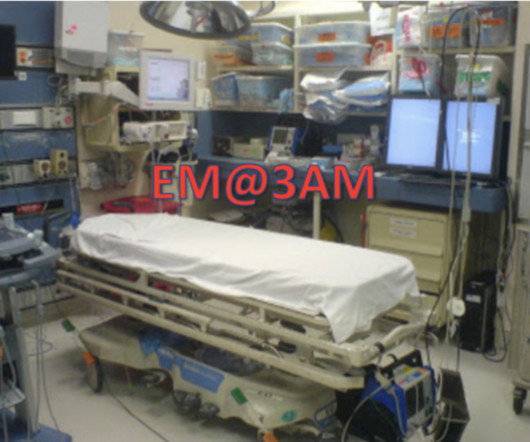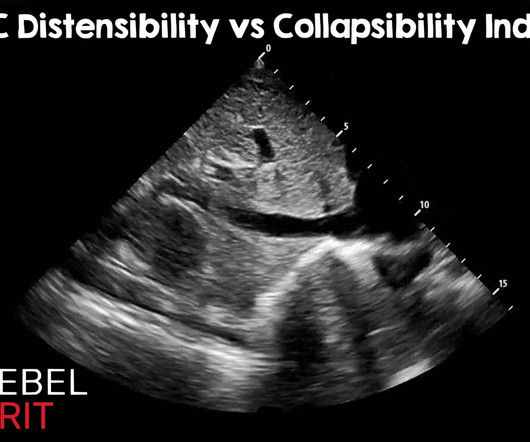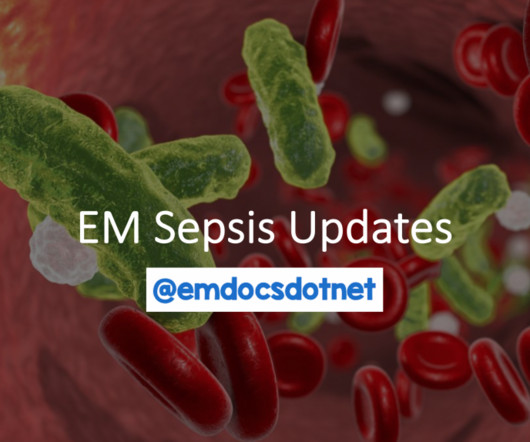EM@3AM: Stercoral Colitis
EMDocs
JANUARY 11, 2025
2, 8-10, 14 The clinical symptoms range from vague abdominal pain to florid septic shock and peritonitis secondary to bowel perforation. If sepsis or septic shock is present, aggressive fluid resuscitation and empiric antibiotics covering intra-abdominal flora should be administered. link] com staff (2014).



















Let's personalize your content